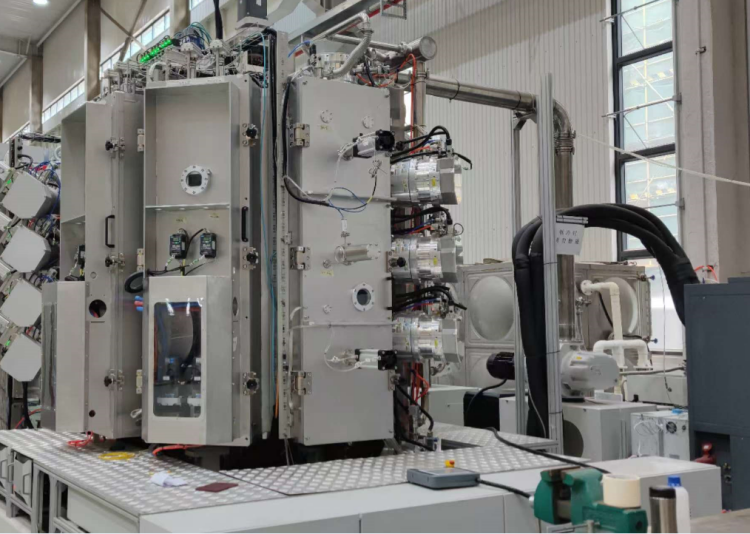Process and Application of Failure Modes and Effects Analysis (FMEA) in Reliability Design of Instrument Manufacturing
Reliability design is an important link in instrument manufacturing, aiming to ensure the reliability and durability of products under expected usage conditions. In the process of reliability design, Failure Modes and Effects Analysis (FMEA, abbreviated as FMEA) is an important tool. FMEA is a systematic analysis method that identifies potential failure modes of products, evaluates the impact of these failure modes on product performance, and formulates corresponding preventive measures to improve product reliability.
is a systematic analysis method that identifies potential failure modes of products, evaluates the impact of these failure modes on product performance, and formulates corresponding preventive measures to improve product reliability.
The basic process of FMEA includes the following steps:
Define objectives: Clarify the functional and usage conditions of the product, determine the scope of FMEA analysis, including products, processes, components, etc.
Failure mode identification: Identify the potential failure modes that may occur in products or systems. This step requires team members to have an in-depth understanding of the product, including its design, manufacturing, and usage processes, in order to find all potential factors that may cause failures.
Impact assessment: Conduct impact assessment for each identified failure mode to determine the extent of its impact on product performance. Impact assessment usually includes the impact on product function, performance, safety, and cost, among other aspects.
performance, safety, and cost, among other aspects.
Severity, Occurrence Frequency, and Detection Scoring: Score the severity, occurrence frequency, and detection for each failure mode. Severity scoring reflects the impact of the failure on product performance; occurrence frequency scoring reflects the likelihood of failure occurrence; detection scoring reflects the difficulty of detecting the failure mode.
Risk Priority Number (RPN) calculation: Calculate the Risk Priority Number (RPN) for each failure mode based on the above scoring, RPN = Severity Occurrence Frequency Detection. The lower the RPN value, the lower the risk of the failure mode, and it needs to be addressed first.
needs to be addressed first.
Risk control: Risk control is carried out for each failure mode based on the RPN value. For failure modes with a high RPN value, corresponding preventive measures need to be formulated to reduce the risk of occurrence.
Continuous improvement: After FMEA analysis, it is necessary to continuously improve product design and manufacturing processes to reduce the risk of product failure. This includes regularly updating FMEA analysis and adjusting according to product usage feedback.
FMEA, as a systematic failure analysis method, plays an important role in improving product reliability. Through FMEA, potential failures in products can be effectively identified and prevented, thereby enhancing product reliability and safety. In the field of instrument manufacturing, the application of FMEA can not only improve product quality but also effectively reduce production costs and enhance the market competitiveness of enterprises.
